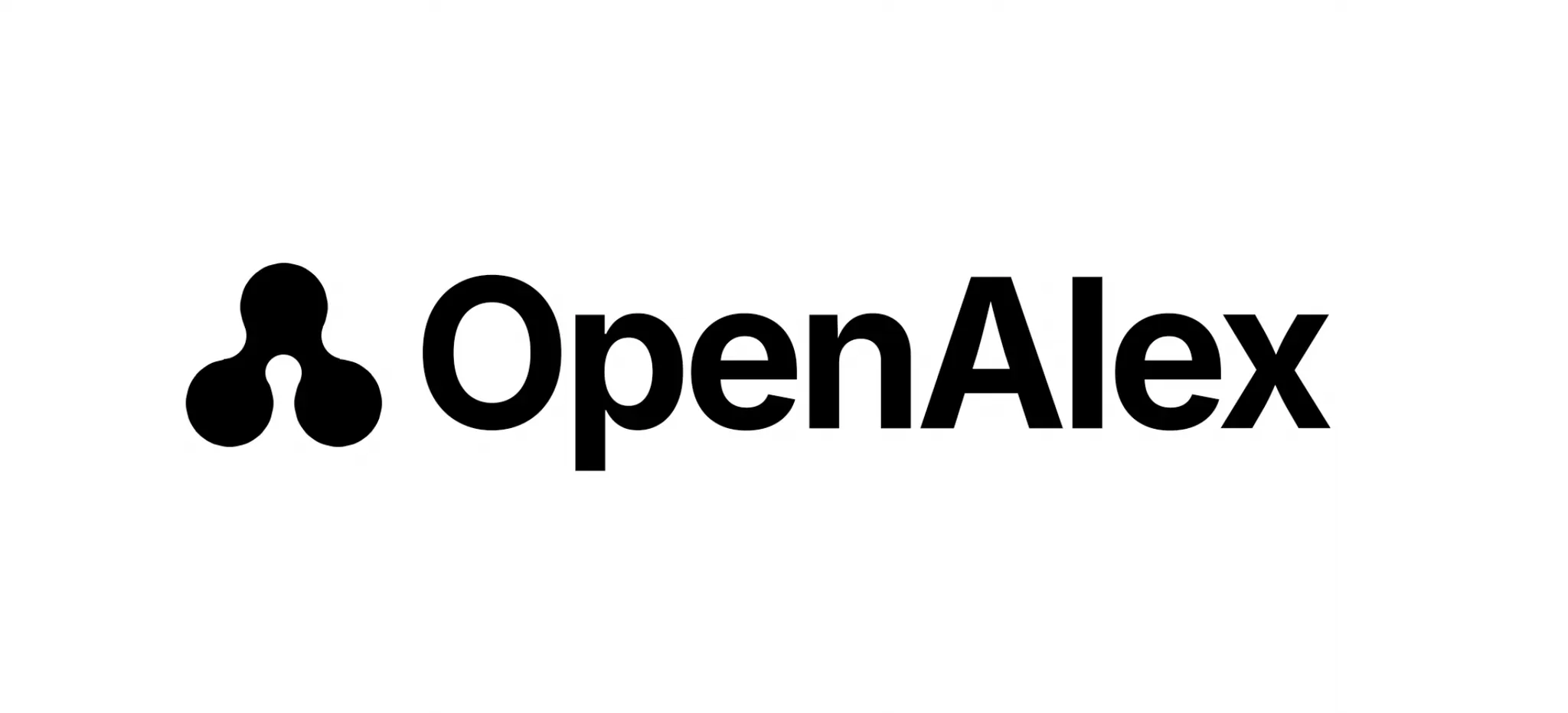Svarṇaprāśana: Mechanistic Perspectives from Traditional Ayurveda to Modern Nanomedicine
DOI:
https://doi.org/10.63247/3048-7390.vol.2.issue2.7Keywords:
Svarṇaprāśana, Immunity, Nanomedicine, ĀyurvedaAbstract
Introduction: Svarṇaprāśana, the administration of processed gold (Svarṇa Bhasma) with Ghṛta (clarified butter) and Madhu (honey) as a Lehaṇa (lickable electuary), is a classical pediatric intervention described in Kāśyapa Saṁhitā. Traditionally indicated to enhance intellect, digestion, strength, and longevity, it has recently gained scientific attention for potential immunomodulatory, nootropic, and anti-infective effects.
Methods: This review synthesizes classical Āyurvedic literature, pharmaceutics, and contemporary experimental and clinical studies to explore the mode of action of Svarṇaprāśana. Emphasis was placed on physicochemical transformation of gold, bioavailability enhancement through lipid-sugar vehicles, and immunological mechanisms.
Results: Evidence suggests that Amṛtīkaraṇa and allied Saṁskāras transform Svarṇa into biologically active nano- or microparticulate forms. The Ghṛta–Madhu vehicle enhances uptake and creates an amphipathic, liposomal-like delivery system. Preclinical and clinical data indicate immune benefits including macrophage activation, enhanced antigen presentation, and cytokine modulation, alongside potential cognitive and anti-infective effects.
Discussion: Svarṇaprāśana represents a classical Āyurvedic intervention with translational relevance to modern nanomedicine. Standardization, safety, and rigorous clinical studies remain priorities to validate and optimize its therapeutic potential.
References
ashyapa Samhita. Vidyotini Hindi Commentary by Pandit Hemaraj Sharma. Varanasi: Chaukhambha Sanskrit Sansthan; 2015. Sutrasthana, Lehana Adhyaya, Verse 3.
2. Sushruta Samhita, Vol 2, Sharirsthana, Garbhinivyakaran Adhyaya, 10/68-70. Available from: https://niimh.nic.in/ebooks/esushruta/index.php. (Accessed on 28/9/2025)
3. Bhaskaran JK, Patel KS, Srikrishna R. Immunomodulatory activity of Swarna Prashana (oral administration of gold as electuary) in infants – A randomized controlled clinical trial. Ayu. 2019;40(4):230–236. DOI: 10.4103/ayu.AYU_33_19
4. Sarkar PK. Swarnaprashana: Traditional Ayurvedic measure to improve immunity in children by nanogold suspension. J Drug Res Ayurvedic Sci. 2024;9(4):204–210. DOI: https://doi.org/10.4103/jdras.jdras_72_24/
5. Jyothy KB, Sheshagiri S, Patel KS, Rajagopala S. A critical appraisal on Swarnaprashana in children. Ayu. 2014 Oct-Dec;35(4):361-5. DOI: 10.4103/0974-8520.158978
6. Kashyapa Samhita. Vidyotini Hindi Commentary by Pandit Hemaraj Sharma. Varanasi: Chaukhambha Sanskrit Sansthan; 2015. Sutrasthana, Lehana Adhyaya, Verse 3.
7. Vyas A, Vyas P. Review on internal use of Gold in the form of Suvarnaprashana. Journal of Ayurveda and Integrated Medical Sciences. 2023;8(5):53-58. DOI: https://doi.org/10.21760/jaims.8.5.16
8. Tiwari P. Concept of Agni in Ayurveda and its role in health and disease. Ancient Science of Life. 2014;33(3):173-176. DOI: https://doi.org/10.21760/jaims.v2i03.208
9. Jyothy KB, Sheshagiri S, Patel KS, Rajagopala S. A critical appraisal on Swarnaprashana in children. Ayu. 2014 Oct-Dec;35(4):361-5. DOI 10.4103/0974-8520.158978Sharma R, et al. Suvarnaprashana: A pediatric health promotion measure in Ayurveda. J Drug Res Ayurvedic Sci. 2024;9(4):204–210.
10. Lad V. Textbook of Ayurveda: A Complete Guide to Clinical Assessment. Vol. 2. Ayurvedic Press; 2006.
11. Gokarn R, et al. Role of Suvarna Bhasma in reproductive health. AYU Journal. 2019;40(1):50-55. DOI
12. Charaka Samhita, Vol. II. Shareerasthana, 8/46. Available from: https://niimh.nic.in/ebooks/ecaraka/index.php. (Accessed on 28/9/2025)
13. Patwardhan B. Ayurveda and integrative medicine: protection from psychosomatic and microbial influences. J Ayurveda Integr Med. 2010;1(1):3–6.
14. Sushruta Samhita Vol. II, Shareerasthana 10/13. Available from: https://niimh.nic.in/ebooks/esushruta/index.php. (Accessed on 28/9/2025)
15. Kashyapa Samhita. Vidyotini Hindi Commentary by Pandit Hemaraj Sharma. Varanasi: Chaukhambha Sanskrit Sansthan; 2015. Sutrasthana, Lehana Adhyaya, Verses 7-8.
16. Saini S, Anand A, Singh A, Mahapatra B, Sirohi S, Singh S, et al. Swarna Bhasma induces antigen-presenting abilities of macrophages and helps antigen experienced CD4+ T cells to acquire Th1 phenotypes against Leishmania donovani antigens. Biol Trace Elem Res. 2023;202:210–220.
17. Hu X, Zeng J, Liu X, et al. Multifunctional Gold Nanoparticles: A Novel Nanomaterial for Biomedical Applications. Front Bioeng Biotechnol. 2020;8:990.
18. Biswas S, et al. Physicochemical characterization of Suvarna Bhasma, its toxicity profiling in rat and behavioural assessment in zebrafish model. J Ethnopharmacol. 2020;249:112388.
19. Biswas S, et al. Physicochemical characterization of Suvarna Bhasma, its toxicity profiling in rat and behavioural assessment in zebrafish model. J Ethnopharmacol. 2020;249:112388. DOI: 10.1016/j.jep.2019.112388
20. Yupanqui Mieles J, Morán JAG, Zárate S, et al. Honey: An Advanced Antimicrobial and Wound Healing Agent. Pharmaceutics. 2022;14(8):1663.
21. Lauritzen L, Brambilla P, Mazzocchi A, Harsløf LB, Ciappolino V, Agostoni C. Docosahexaenoic acid (DHA) effects in brain development and function. Nutrients. 2016;8(1):6.
22. Karandikar YS, Bansude AS, Angadi EA. Comparison between the effect of cow ghee and butter on memory and lipid profile of Wistar rats. J Clin Diagn Res. 2016 Sep;10(9).
23. Karandikar YS, Bansude AS, Angadi EA. Comparison between the effect of cow ghee and butter on memory and lipid profile of Wistar rats. J Clin Diagn Res. 2016 Sep;10(9). DOI: 10.7860/JCDR/2016/19457.8512
24. Jyothy KB, Sheshagiri S, Patel KS, Rajagopala S. A critical appraisal on Swarnaprashana in children. Ayu. 2014 Oct-Dec;35(4):361–365. DOI: 10.4103/0974-8520.158978
25. Biswas, S., Chawda, M., Selkar, N., & Bellare, J. Physicochemical Characterization of Suvarna Bhasma, Its Toxicity Profiling in Rat and Behavioural Assessment in Zebrafish Model. Journal of Ethnopharmacology. 2019. DOI: 10.1016/j.jep.2019.112388
26. Takeuchi I, Nobata S, Oiri N, Tomoda K, Makino K. Biodistribution and excretion of colloidal gold nanoparticles after intravenous injection: effects of particle size. Biomed Mater Eng. 2017;28(1):1-12.
27. Patil-Bhole T, Patil S, Wele AA. Assessment of bioavailability of gold bhasma in human participants—A pilot study. J Ayurveda Integr Med. 2018;9(4):294-297.
28. OIPatil-Bhole T, Patil S, Wele AA. Assessment of bioavailability of gold bhasma in human participants—A pilot study. J Ayurveda Integr Med. 2018;9(4):294-297. DOI: 10.1016/j.jaim.2018.04.002

Downloads
Additional Files
Published
Issue
Section
License
Copyright (c) 2025 Dr. Mangesh Suresh Khillari, Dr. Avinash Vitthalrao Kaware, Dr. Dinar Shivaraj Sawant, Dr. Bhaskar Subhash Jadhav, Dr. Gaurav Manohar Deore, Dr. Divya Patil (Author)

This work is licensed under a Creative Commons Attribution 4.0 International License.















 \
\











